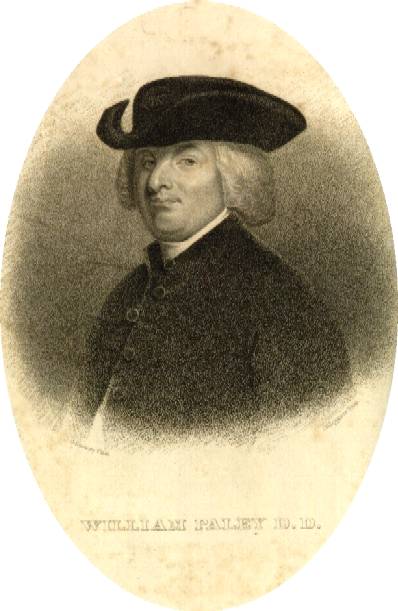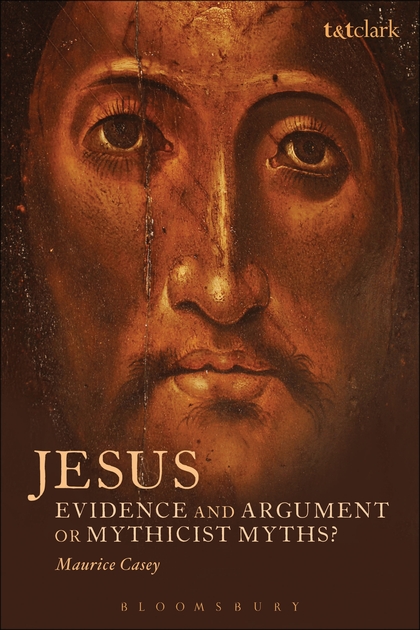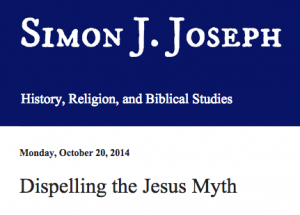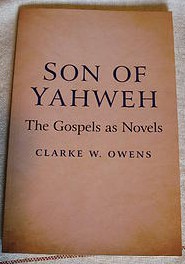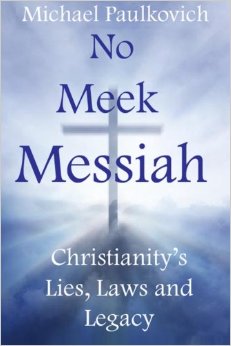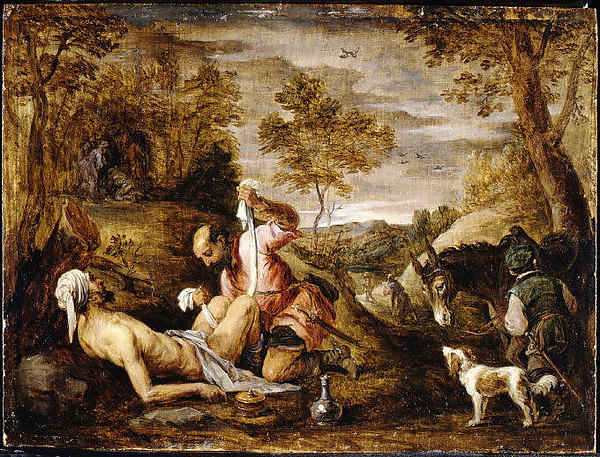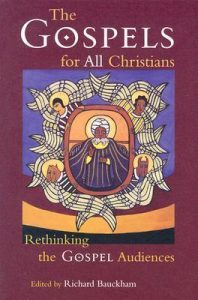 James McGrath has begun to review Richard Carrier’s On the Historicity of Jesus at the Bible and Interpretation site. The tone of his review makes a striking contrast to his “review” or Earl Doherty’s Jesus: Neither God Nor Man. McGrath explains that he will cover Carrier’s book in several posts. This opening assessment, Did Jesus Die in Outer Space? Evaluating a Key Claim in Richard Carrier’s On the Historicity of Jesus, McGrath explains, will
James McGrath has begun to review Richard Carrier’s On the Historicity of Jesus at the Bible and Interpretation site. The tone of his review makes a striking contrast to his “review” or Earl Doherty’s Jesus: Neither God Nor Man. McGrath explains that he will cover Carrier’s book in several posts. This opening assessment, Did Jesus Die in Outer Space? Evaluating a Key Claim in Richard Carrier’s On the Historicity of Jesus, McGrath explains, will
seek to interact with one key element, and a central one at that – a core part of what Carrier calls the “basic myth hypothesis” or the “minimal Jesus myth theory.”
That “key element” is the Ascension of Isaiah.
I will address the details and rationale for McGrath’s choice of Carrier’s pages 36-48 discussing this text in my next post. For now I am only commenting on McGrath’s introduction. This first instalment of McGrath’s review exceeds 3400 words and the introductory paragraphs 500. I single out his introduction here because is an ominous warning that despite McGrath’s new-found professional tone in his criticism of mythicism we are still going to encounter the same failure of logic and explanation of the arguments he claims to be critiquing.
And a great many details are compatible with more than one scenario. This is one reason why Carrier’s claim, that multiple contradictory reconstructions show that there is a methodological problem with mainstream historical methods, is actually disproven by his own book, which acknowledges time and again that certain details are true of the evidence regardless whether there was a historical Jesus or not.[1] If the same historical data can be compatible with more than one interpretation – and all historians know that this is often the case, particularly when it comes to matters of ancient history, when the evidence is often piecemeal – then a plurality of interpretations is bound to be par for the course. . .
[1] Carrier p.11; see also for instance pp.85-88.
McGrath’s point is simply wrong. Carrier is not contradicting himself or disproving his own point in his book. The fact that certain evidence is decisive for neither historicity or mythicism is not a question of “interpretation” in the sense McGrath uses the word but a question of fact and logic that can and must be agreed upon by both sides. Continue reading “McGrath Reviews Carrier: Part 1, the Introduction”

